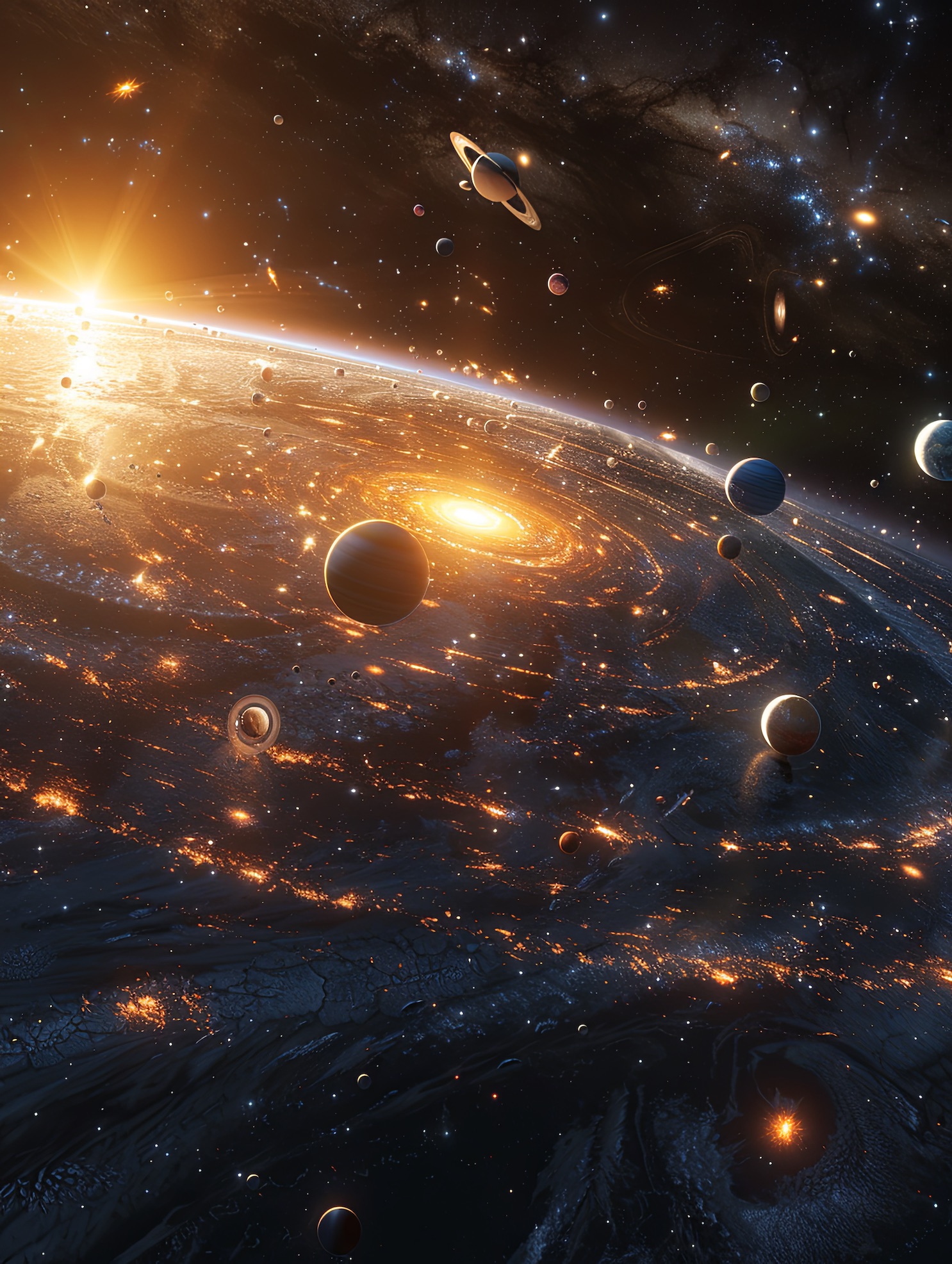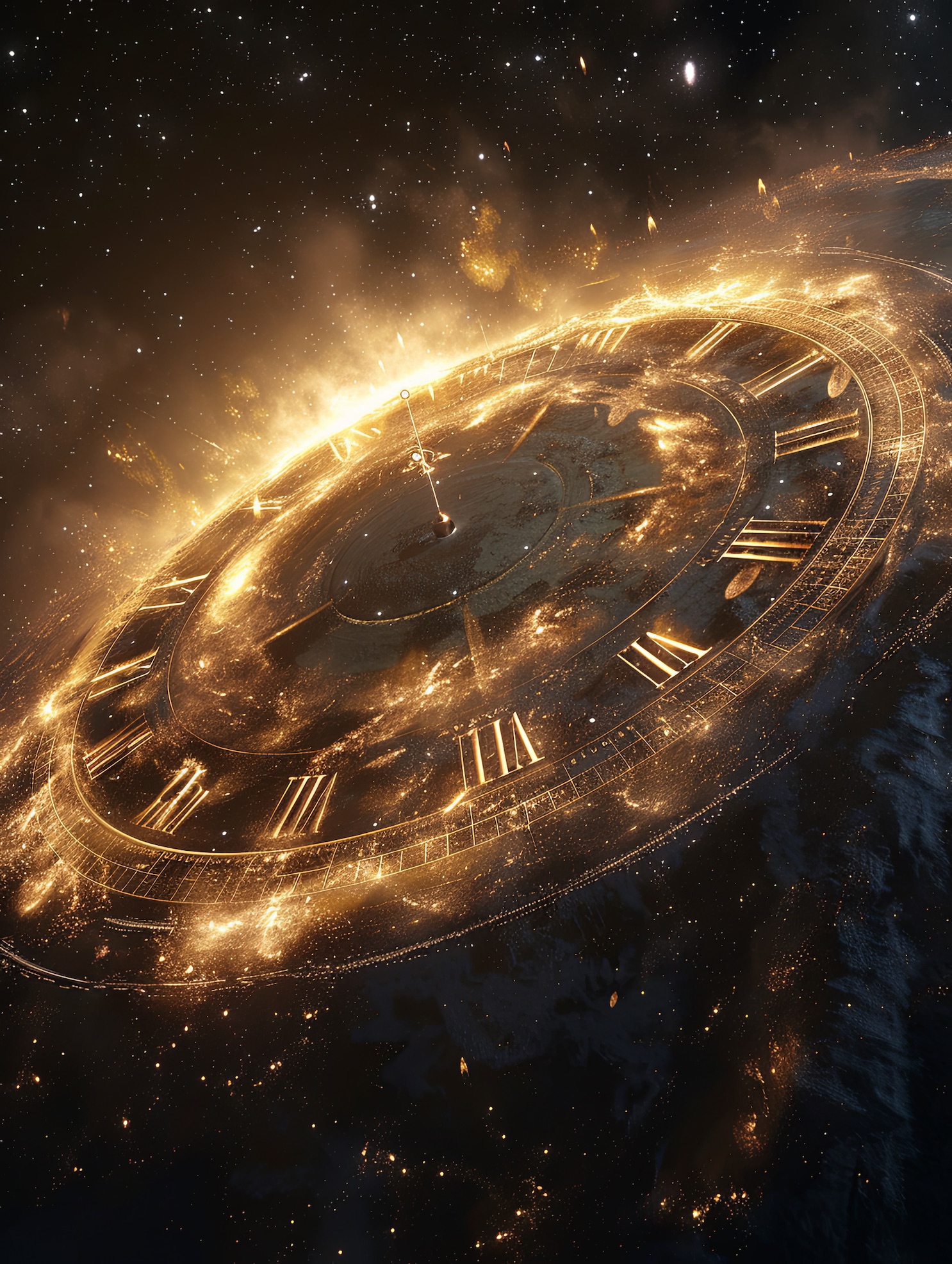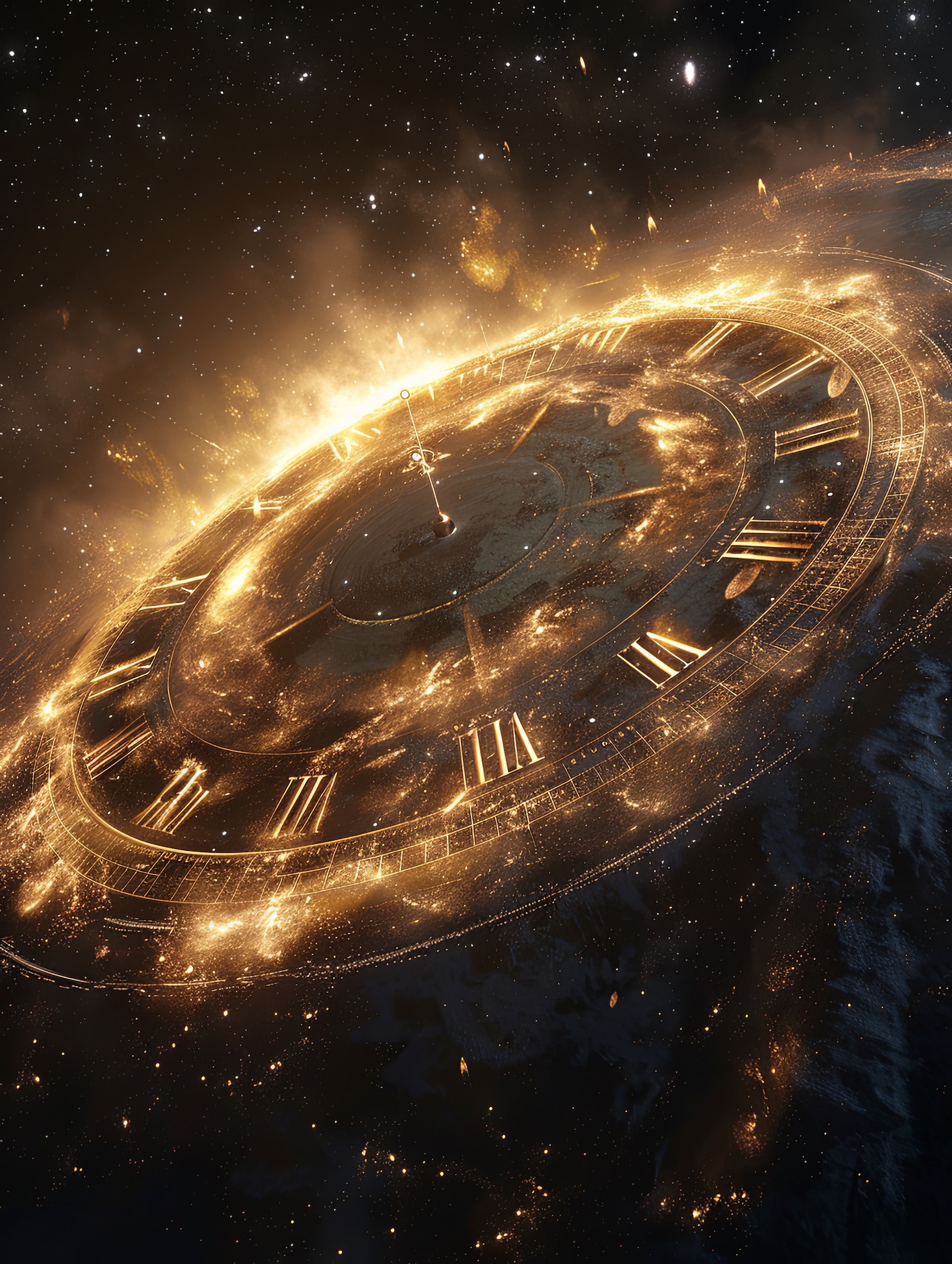Time In Our Solar System
Time in Our Solar System - Everyone is currently stuck on this planet, the third rock from the sun, and as a result, everything we experience in life is influenced by the rotation and the orbit of our celestial home.
Every organism’s lifespan on Earth is driven by the concept we know as time. Many experts suggest that time itself is an illusion, created by humans to keep track of our journey through a life based on the rhythms of days, weeks, months, and years, influenced by the planet’s movement around the Sun.
Time Perception. Have you ever noticed how time flies when you’re engrossed in an engaging activity, yet drags during moments of boredom? This subjective experience of time has intrigued scientists for decades. According to psychologist Dr. Sarah Collins, “Our understanding of time is more complex than just a ticking clock. It’s an interplay of our brain’s processing, influenced by many other factors.”
“Research indicates that our emotional state, attention, and surroundings greatly effect how we perceive time. When we are engaged and focused, the brain devotes fewer resources to timekeeping, resulting in a subjective acceleration of time. Conversely, during periods of monotony or stress, our brain allocates more attention to monitoring time, making it feel as though time slows down.” Thus, the illusion of time is intricately woven into the fabric of our consciousness.

This perception of time and the built-in sequence of 24-hours a day and 365-days a year is so baked into our DNA that it seems almost mundane in the great scheme of things, so much so that most people accept Earth-time as the norm.
The truth is that time isn’t just a human construct, it’s embedded in the universe's fabric itself and you don’t have to wander too far from home to see some weird time-bending effects.
For now, let’s set the entire universe aside, take a step away from Earth and focus on our local neighbourhood, the solar system. At the core of this system is the Sun, a huge fusion reactor. The Sun’s gravity and energy keeps everything in place, controls the planets’ motion, and even impacts time itself.

Time on the surface of the Sun, with its immense gravitational field, ticks slower than time in the outer reaches of the solar system. Similarly, the time experienced on the surface of a massive planet like Jupiter differs from that on a smaller planet like Mars.
Now, let’s take a look at how each of our neighbours marks time in its own distinct way.
First up is Mercury, the planet closest to the Sun. It has a day (one rotation on its axis) lasting about 58.6 Earth days. However, a year on Mercury (one orbit around the Sun) is a mere 88 Earth days. This peculiar ratio means that on Mercury, a day is longer than a year!
Next is Venus, often called Earth’s twin. It rotates on its axis very slowly, with a day lasting about 243 Earth days - longer than its year of approximately 225 Earth days (a little over seven months). Furthermore, Venus has a peculiar rotation; it spins in the opposite direction to most planets. If you were on Venus, you’d see the Sun rise in the west and set in the east.
Here on Earth, rotating at 1,000 miles per hour (460 m/s or 1,600 km/hr), our day is a comfortable 24 hours, a period we’ve grown accustomed to. Our year, the time it takes to orbit the Sun, is about 365.25 days. Earth’s rotation and revolution have not only shaped our conception of time but also the rhythms of life itself, from the sleep cycles of animals to the growth patterns of plants.
Mars, often the focus of human exploration dreams, has a day (known as a sol) similar to Earth’s, lasting just 24.6 hours. However, its year is almost twice as long, at 687 Earth days. This Martian timeframe offers interesting possibilities for future colonists, who would experience extended seasons and a slower annual cycle.
Jupiter, the gas giant, takes nearly 12 Earth years to complete a single orbit around the Sun. Its rapid rotation, however, results in a day that lasts just under 10 hours. This rapid rotation causes Jupiter to bulge at the equator, giving it a distinctive shape among the planets.
Saturn, known for its stunning rings, has a day lasting about 10.7 hours and a year equivalent to about 29 Earth years. Saturn’s shape is influenced by its rapid rotation, making it wider at the equator and narrower at the poles, similar to Jupiter.
Uranus presents one of the most unique planetary postures in our solar system. It rotates on its side, likely due to a colossal collision long ago. A Uranian day lasts about 17 hours, and a year takes about 84 Earth years. This unusual orientation leads to extreme seasonal variations, with each pole facing decades of sunlight or darkness.
Finally, Neptune, the furthest known planet in our solar system, has a day lasting about 16 hours and a year that spans a staggering 165 Earth years. Since its discovery in 1846, it has yet to complete a full orbit.
——
What about the Sun? The Sun originally formed from a cloud of gas and dust in the Milky Way galaxy, igniting through nuclear fusion to become what is now a main-sequence star. During this stable phase, the Sun fuses hydrogen into helium in its core, a process that will continue for approximately another 5 billion years.
As the Sun exhausts its hydrogen fuel, it will expand into a red giant, engulfing the inner planets (including us) and shedding its outer layers. Eventually, the Sun will shed its outer layers, leaving behind a dense core known as a white dwarf. This remnant will gradually cool and fade over billions of years.
The Sun’s lifecycle is a testament to the grand scale of cosmic time, spanning many billions of years and affecting the entire solar system.
——
The Timelessness of Planets and Moons. The Sun and planets demonstrate time passing on a large scale, while the surfaces of planets and moons reveal the ancient history of our solar system. Craters, mountains, and valleys serve as geological records, preserving the stories of ancient impacts and tectonic activity.
The scarred surface of Mercury is a testament to its ancient past, with some craters dating back billions of years. Its lack of atmosphere preserves these features, offering a window into the early solar system.
On Mars, vast canyons, extinct volcanoes, and dry riverbeds mark the Martian landscape, hinting at a time when water flowed on its surface. The presence of ancient clay minerals suggests that Mars may have had habitable conditions billions of years ago.
Earth’s Moon is a geological time capsule, its surface pockmarked with craters from ancient impacts. Lunar samples brought back by the Apollo missions have provided invaluable insights into the history of our solar system.
Saturn’s largest moon, Titan, has a thick atmosphere and liquid methane lakes, resembling early Earth. Its surface features, including dunes and river channels, hint at dynamic geological processes over eons.
By studying the geological features of these celestial bodies, scientists can reconstruct the history of our solar system, piecing together the events that shaped the planets and moons over billions of years.
As we learn more about our solar system, and gain a greater understanding of time and our place in the universe, the aging of stars, and the enduring legacy of ancient worlds remind us that time is not a measure of moments, but as a cosmic journey that connects us all.
